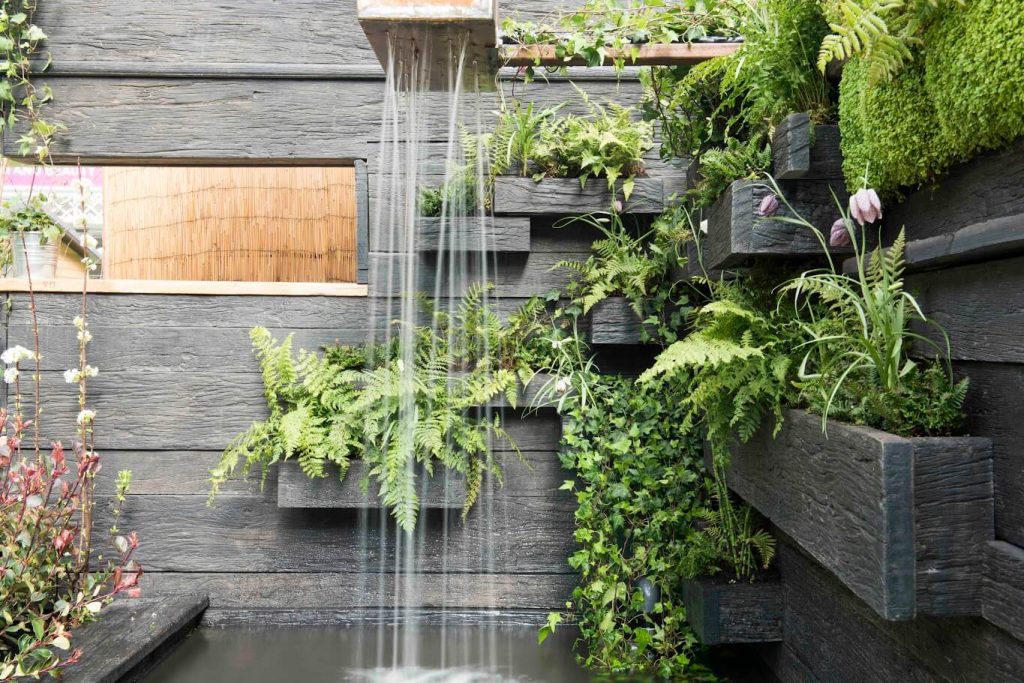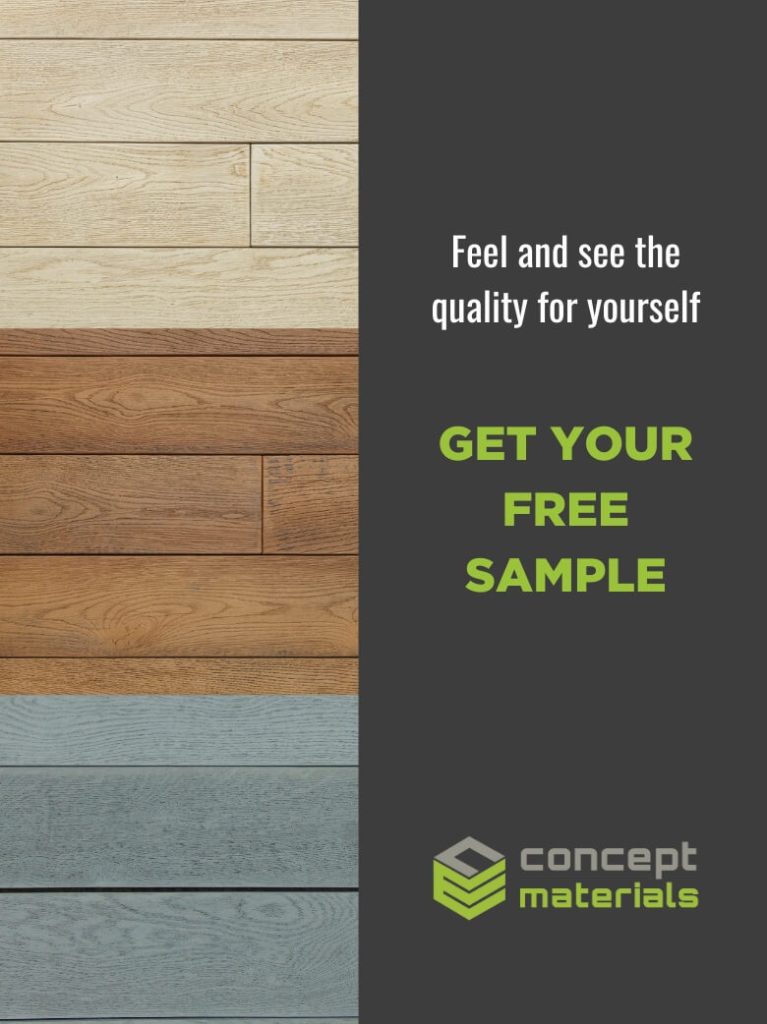How To Effectively Integrate Premium Cladding into Biophilic Design
An Australian survey has shown that people spend over 90% of their time indoors, backing up the importance of having clean and breathable air within buildings by incorporating biophilic designs.
But while that’s fitting for the indoors, outdoor ambiences can also be enhanced with well-thought-of design elements and materials, including premium claddings. These additions can boost the appeal in commercial and residential buildings quite well. That said, it can help to know biophilic design principles to ensure that your cladding material seamlessly blends with the natural and textural elements in your building.
To give you some ideas, this article lists and discusses ways to use and integrate premium cladding into your home effectively. Read on.
1. Select cladding materials that look and feel natural
When incorporating biophilic elements into your building design, it’s crucial to consider the natural surroundings. It’s worth noting that the environment in which your home or building is can significantly influence how well your cladding materials will fit with your biophilic design.
That said, opting for organic and sustainable materials is best since they provide a natural aesthetic that seamlessly integrates with the surroundings. Such materials help create a strong connection between your home or building’s structure and nature, which is an important factor in biophilic design. Moreover, not only can sustainable materials enhance the biophilic design elements of the space, but they also have a lower environmental impact.
Here are examples of premium cladding materials you can use:
- Stone cladding: This cladding material is timeless and natural to blend with a biophilic design nicely. Stones come in different textures and colours that can complement any design. Moreover, they’re durable and can withstand weather conditions.
- Composites cladding: Cladding manufacturers use rice husks, bamboo, and mineral-resin to create natural composites that mimic wood and stone. They offer a more natural appeal and can seamlessly integrate with biophilic designs.
- Wood cladding: This cladding material can mimic natural forests and woodlands that smoothly blend with biophilic designs. You can also choose any wood that fits your style and design preferences.
- Metal clading: Metal cladding is a popular choice in modern architecture due to its sleek, contemporary appearance, durability, and low maintenance requirements. While some may think it’s unsuitable for biophilic design, it can blend seamlessly with nature-inspired elements. For example, you can use metal cladding to create a reflective surface that mirrors the surrounding environment. This effect can be particularly striking when the building is near water, trees, or greenery.
Your cladding material choice is an essential consideration in ensuring an aesthetically pleasing and seamless design that works well with the environment.
2. Consider earth tone colour palette
The colour palette is a vital aspect of any design, and in biophilic design, it plays an essential role in creating a cohesive and harmonious space that integrates natural elements with the built structure. By selecting warm and earth-tone colours for cladding materials, such as brown and beige, you can create a more organic look and feel that seamlessly blends with the natural environment since these colours mimic the colours found in nature, such as soil, rocks, or tree bark, and create a sense of unity between the building and its surroundings.
On the other hand, using bright and bold colours can clash with the natural surroundings and make the space feel chaotic instead of peaceful, which goes against the goal of biophilic design.
3. Incorporate natural patterns and texture
The use of natural patterns and textures is a key principle when designing biophilic homes or buildings, especially since it provides a common element that connects nature with the built environment.
For instance, cladding stones can add an authentic, natural touch to your exteriors, creating a harmonious pattern with its surrounding. On the other hand, wood cladding boasts grains, textures, and patterns that mimic the natural environment, which helps create a warm and inviting atmosphere while also providing a natural look that blends in with the surrounding landscape. Additionally, the use of brick cladding can create a rugged and natural look that can complement your home or building’s façade.
Wrapping Up
Integrating premium claddings into biophilic design can be an effective way to enhance the appeal of buildings and homes. You can create a strong connection between nature and the built environment by thoughtfully selecting cladding materials that look and feel natural, such as stone, natural composites, wood, or metal. Additionally, choosing an earth-tone colour palette and incorporating natural patterns and textures into the design can help achieve a more cohesive and organic look.
By considering the biophilic design principles outlined above, you can create a space that promotes sustainability and blends well with its surroundings.








